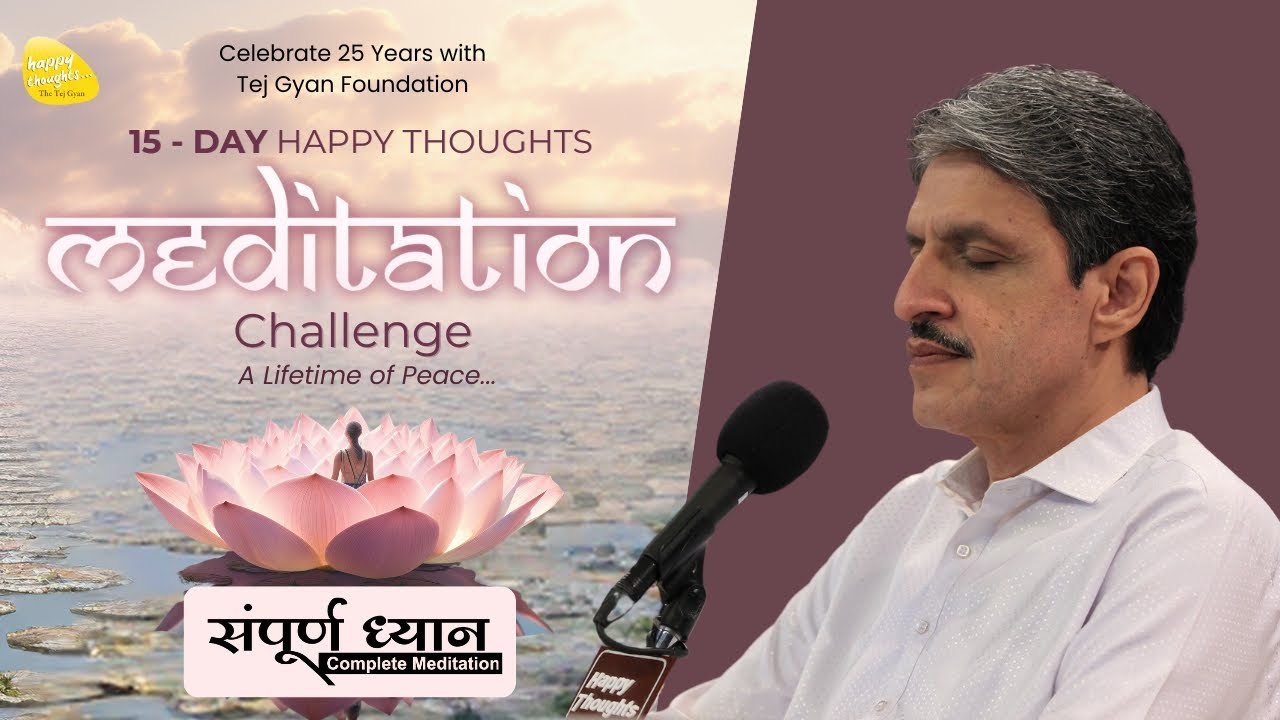Understanding Our Thoughts, Emotions, Feelings and Perceptions
Summary
TLDRThe transcript explores the distinction between thoughts, feelings, and sensations. Sensations are the internal bodily experiences, such as hunger or pain, while perceptions are external experiences like sight and sound. Feelings are a blend of sensations and thoughts, often accompanied by a narrative. The speaker emphasizes that emotions like anger have both a physical and a cognitive component. They also discuss the existential feelings of lack and resistance, which define the 'separate self' and act as a barrier to experiencing pure awareness. The text suggests that recognizing these feelings as temporary can lead to a deeper understanding of one's true nature.
Takeaways
- 🧠 Feelings are a mixture of sensations and thoughts, forming an amalgam that we experience as emotions.
- 👁️ Sensations are the internal felt sense of the body, such as hunger, thirst, pain, or pleasure, distinct from external perceptions like sight and sound.
- 🌐 Perceptions are the ways we experience the world externally through seeing, hearing, touching, tasting, and smelling.
- 😠 Emotions, specifically afflictive ones, are not just sensations but are accompanied by a story or reason, unlike basic sensations like a headache.
- 💡 The nature of consciousness includes innate states of peace, happiness, and love, which are not considered emotions but the true nature of awareness.
- 🤔 Afflictive emotions arise when the innate peace and happiness of consciousness are veiled, leading to feelings generated by a sense of lack or resistance.
- 🕊️ The feeling of lack and resistance are core qualities defining the separate self, often mistaken for the self but are actually activities of seeking and resisting.
- 🌌 The separate self is not an entity but an activity, with pure awareness being the only true entity, lying beyond the veil of emotions.
- 🛑 The existential sense of lack and fear acts as a screensaver, a constant background that remains when other activities cease, pulling us away from our true nature.
- 🔍 Recognizing the sense of lack and fear as a temporary appearance, like mist, reveals the all-pervasive awareness that is the true nature behind it.
- 💡 Deep experiences such as deep sleep, fulfillment of a desire, or tremendous grief can occasionally bring one back to the true nature, bypassing the sense of lack and fear.
Q & A
What is the difference between thoughts, feelings, and sensations according to the transcript?
-Thoughts are cognitive processes, sensations are the internal bodily experiences like hunger or pain, and feelings are a mixture of sensations and thoughts, often associated with a story or context.
How does the speaker define a sensation?
-A sensation is described as the felt sense of the body from the inside, such as the feeling of hunger, thirst, pain, or the temperature of the air on the skin.
What is the distinction made between perception and sensation?
-Perception is the way we experience the world through seeing, hearing, touching, tasting, and smelling, whereas sensation is the way we feel the body from the inside.
How is a feeling different from a sensation?
-A feeling is an amalgam of sensations and thoughts, often involving an emotional response with a narrative or story, unlike a sensation which is a pure bodily experience without the cognitive aspect.
What is considered an emotion in the context of this transcript?
-In this context, emotions refer to afflictive emotions, which are feelings generated when the nature of awareness is veiled, and are different from innate states of happiness, peace, and love.
What are the two underlying emotions that define the separate self according to the speaker?
-The two underlying emotions that define the separate self are the feeling of lack and the feeling of resistance or fear.
How does the feeling of lack relate to the ego?
-The feeling of lack is considered the core of the ego, representing an existential sense of incompleteness and the need for something, without a specific object in mind.
What is the role of the existential sense of lack and resistance in a person's life?
-The existential sense of lack and resistance acts like a screensaver that remains even when other activities cease, often propelling individuals to seek fulfillment outside themselves instead of returning to their true nature.
Can the feeling of lack and fear be felt as all pervasive?
-Yes, the feeling of lack and fear can be felt as all pervasive, especially when it is not clearly seen or understood, much like mist filling the sky and obscuring the view.
How does the speaker describe the true nature of a person?
-The true nature of a person is described as pure awareness, which is often veiled by afflictive emotions and the existential sense of lack and resistance.
What is the significance of the misty morning analogy in explaining the sense of lack?
-The misty morning analogy is used to illustrate that the sense of lack, like mist, is a temporary and limited appearance that seems to fill the sky (awareness) but is not the true nature of it.
Outlines

Cette section est réservée aux utilisateurs payants. Améliorez votre compte pour accéder à cette section.
Améliorer maintenantMindmap

Cette section est réservée aux utilisateurs payants. Améliorez votre compte pour accéder à cette section.
Améliorer maintenantKeywords

Cette section est réservée aux utilisateurs payants. Améliorez votre compte pour accéder à cette section.
Améliorer maintenantHighlights

Cette section est réservée aux utilisateurs payants. Améliorez votre compte pour accéder à cette section.
Améliorer maintenantTranscripts

Cette section est réservée aux utilisateurs payants. Améliorez votre compte pour accéder à cette section.
Améliorer maintenant5.0 / 5 (0 votes)






